

The New Cemetery of Shumsk dates from the mid-19th century. When it was created, it was at quite a distance from the center of town. However, the newer part of Shumsk, which is now its busiest part, has grown up quite close to the cemetery. The cemetery is surrounded by industrial and residential development, and many graves succumbed to this development a number of years ago. To help prevent further destruction, a fence surrounding the cemetery was erected in December 2007. This was thanks to the concerted efforts of Gita Inbar, Rachel Karni, Yehuda Lerner, Shimshon Bahat, Benyamin Hofshi, and Mickey Amsel (all of them Israeli descendents of Shumsk), Shumsk resident Albert Shafir, and people who offered financial support for the project.
You can read more about this cemetery here on the European Jewish Cemeteries Initiative webiste. There is also a brief and now outdated report on the cemetery from the International Jewish Cemetery Project (in the report Shumsk I refers to the mass grave from the Shoah, and Shumsk II refers to the cemetery).
Below are images of the cemetery from the past several decades. And you can click here
for individual photos of all of the existing Shumsk gravestones, with
English translation of the inscriptions. You can also view video footage of the cemetery taken in 2015 for the excellent documentary My Dear Children.
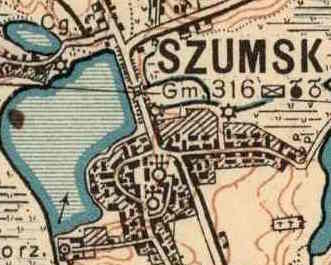 The cemetery may be seen in the lower right of this 1927 map, on what were then the town's outskirts.
The cemetery may be seen in the lower right of this 1927 map, on what were then the town's outskirts.
Here is a photograph taken in 2017:
Hare are photographs taken in 2008:

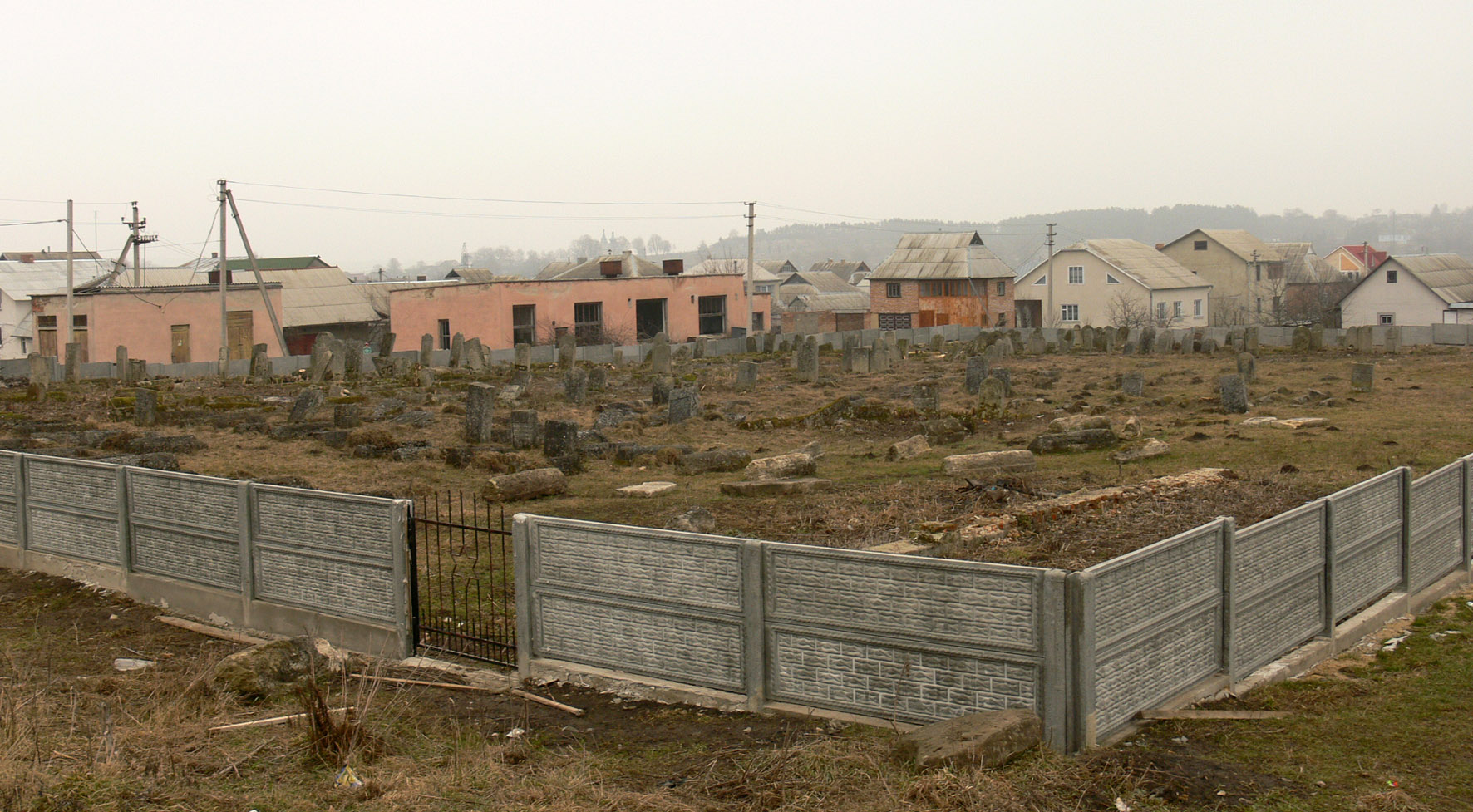
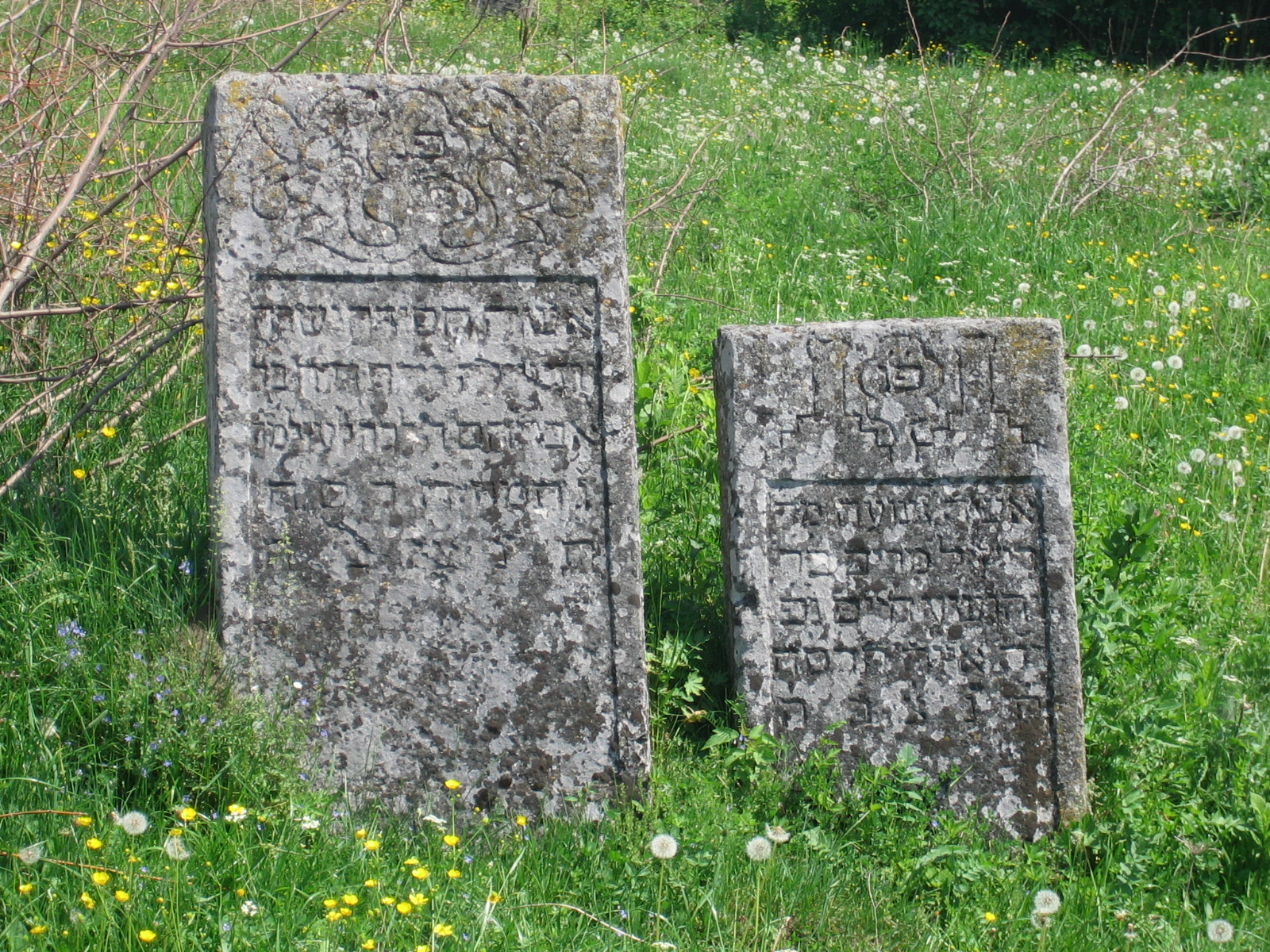
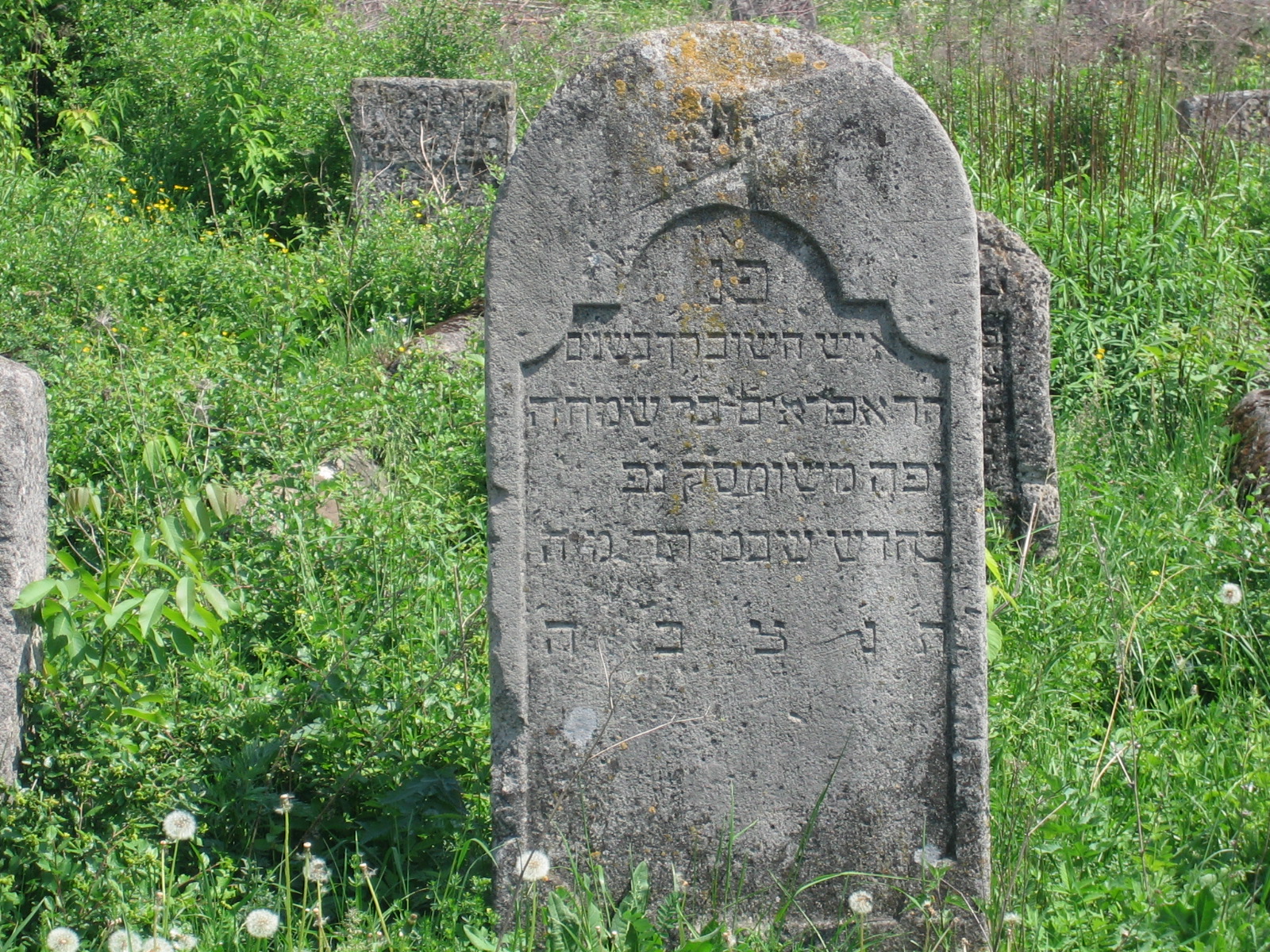
The images below are of how the Jewish cemetery in Shumsk appeared on a visit by Howard Freedman in 1999, before the establishment of the fence. About a third of the graves were covered over by thicket and trees.
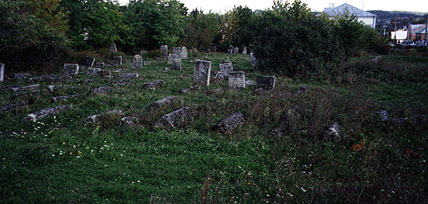
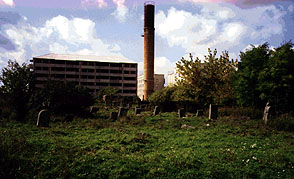

This is the best preserved section of the cemetery, with most of the headstones standing.

This is a more typical section, with most of the headstones missing.